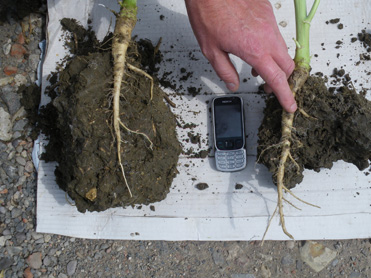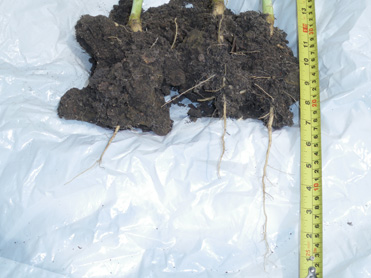See the outstanding benefits achieved with the Bristows Split Level Subsoiler Multi-Tooth Tiller Roll Combination when planting rape.
Rape established with the Split Level Subsoiler Multi-Tooth Tiller Roll Combination Sown 5/9/2010. soil type Heavy land, seed Type conventional NK Grandia. Notice how uniform the rape as established and that the land is level and evenly consolidated the slots completely filled in no open voids, exceptional and absolutely perfect establishment with perfect tap root growth and top canopy. See pictures below. Pictures taken 10/11/2010.
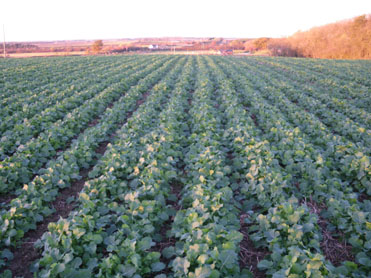
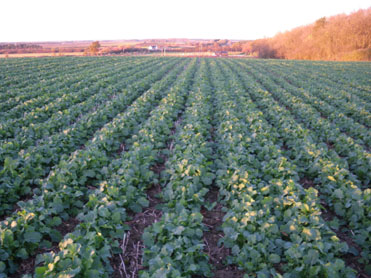
Neighbouring fields close by sown on the same day with conventional seed with the subsoiler method. Pictures taken 10/11/2010.
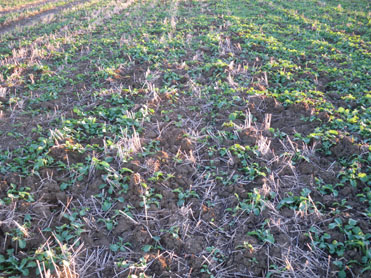
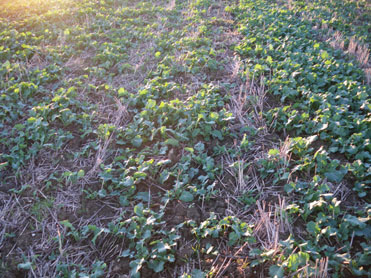
Compare the rape plants. notice the difference in tap root and canopy growth.

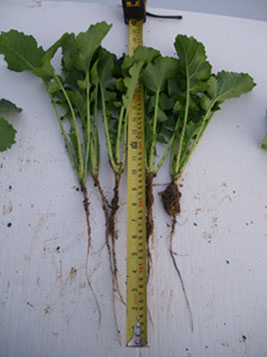
The above conventional rape plant varieties (Left Picture) were all sown on the same day and compared on the 10/11/2010. The middle bunch was sown with the Split Level Subsoiler Multi-Tooth Tiller Roll Combination. The outer bunches were sown in close neighbouring fields with conventional seed and subsoiling methods. Notice the exceptional difference between the tap root length and the canopy growth. These outstanding results and benefits were obtained by using the Split Level Subsoiler Multi-Tooth Tiller Roll Combination which addresses vital needs with its three operations. Firstly the front leading tines separate a shallow layer of top soil. Secondly the subsoiler legs follow directly in line, deeply loosening and lifting the soil. Finally at least three rows of the Tiller Rolls closely spaced teeth cultivate, mix and consolidate directly over all disturbed soil filling in each slot. This allow the rape plant to draw the necessary water, air and nutrients to promote early, vigorous growth. Ideally for better grass weed control the Tiller Roll leaves the soil between the subsoiler legs lightly disturbed.
How Bristow's 3 in 1 Split level Multi-Tooth Tiller Roll Combination works.

Below further evidence of this is covered within Michael Watson's experience with his new Split Level Subsoiler Multi-Tooth Tiller Roll Combination machine.
July 2010 Michael Watson taking delivery of his Split Level Subsoiler Multi-Tooth Tiller Roll Combination
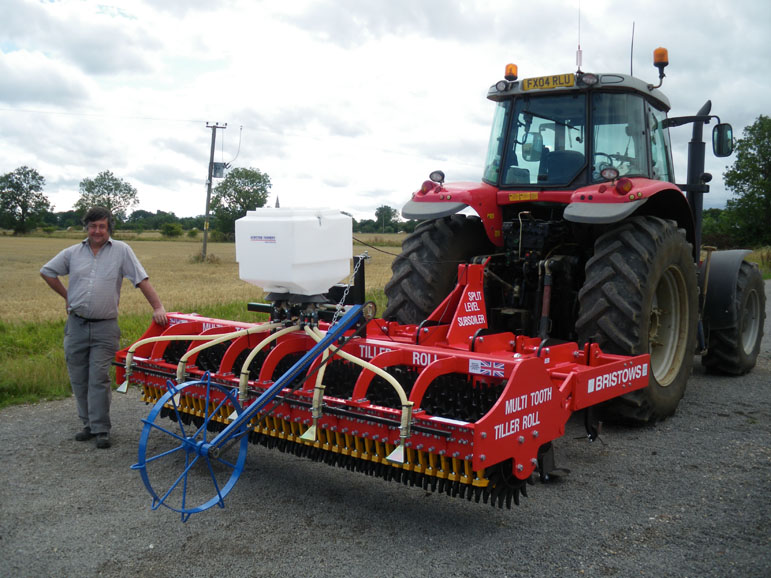
Nov 2010 Picture of Michael's rape.
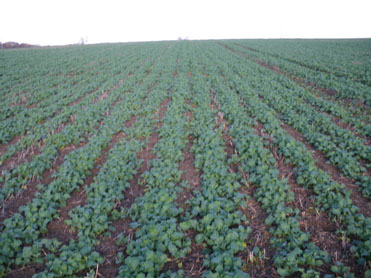

Nov 2010 Pictures of a neighbouring field planted with subsoiler method same day as Michael planted his field
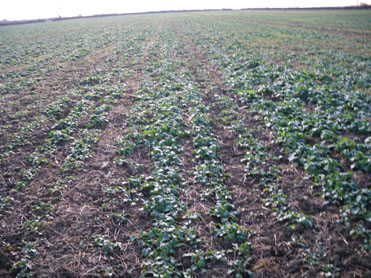
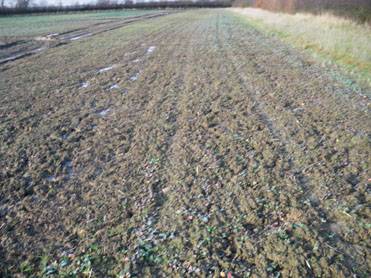
Michael is so impressed with his decision to purchase Bristows Split Level Subsoiler Multi-Tooth Tiller Roll Combination. Apart from the obvious time and fuel savings, he has in a very difficult year managed to plant all his rape into heavy land. He is in no doubt that without the Tiller Roll the area planted would have been only a fraction as the heavy land was too wet to cultivate in the normal way.
All the rape sown has established well. What really surprised Michael was how much better and uniform his rape had established than a neighbour's field, which fortunately for the best comparison, was sown on the same day with a conventional subsoil method.
Michael is confident that the split level subsoiler with its leading tines and the tiller roll cultivating and filling in the slot has made a significant noticeable difference. The difference in the pictures confirm this. Michael is so pleased he made the right decision in purchasing a Bristows Split Level Subsoiler Multi-Tooth Tiller Roll Combination.
Michael is aware that he is well on the way to recovering his out lay costs with his savings on fuel, labour costs also judging on the establishment of the rape he is looking forward to extra yields.
Rape established with the Split Level Subsoiler Multi-tooth Tiller Roll Combination at June 5th 2011
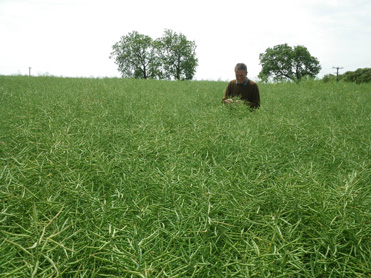
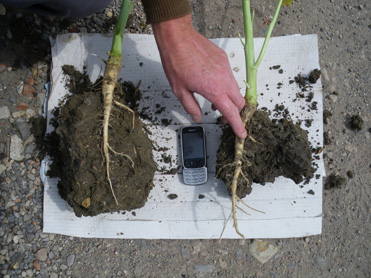
Rape Crop Diary 2011
16 February 2011 - Rape Comparisons Coming Out of Winter
Following one of the coldest winters on record plants quickly resumed growth as temperatures rose in February. The crop survived the winter exceptionally well with no plant loss. Here TAG agronomist John Youles inspects the crop to assess rooting and general crop condition. The white canes denote areas sown at differing seed rates as part of ongoing establishment trials. In all cases the Multi Tooth Tiller roll combination has given excellent establishment. Propyzamide herbicide was applied in late January for Blackgrass control in tank mix with Flusilazole fungicide targeted at Phoma.
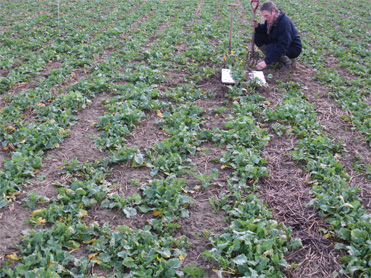
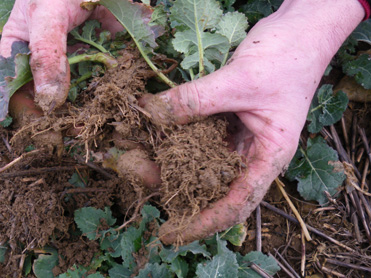
The action of the Tiller roll fills the subsoil leg slots at seeding, resulting in a well structured soil as evident in this picture of plants and soil taken from the area of the subsoil leg. Even in February the soil was friable with a blocky structure offering no impediment to downward growth of roots and water drainage. John demonstrates the openness of the soil structure and developing tap roots. Strong, straight tap roots are evidenced in the picture with a tape rule included for scale.
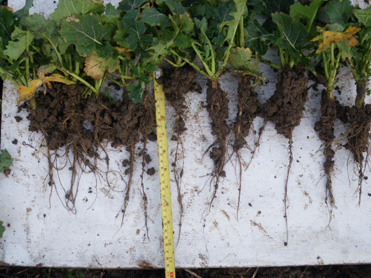
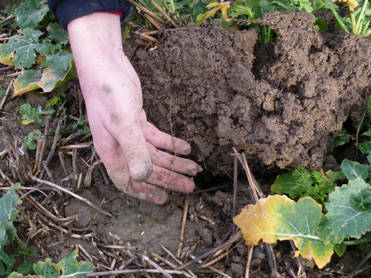
John assesses crop condition in a neighbouring farmers adjacent field. This crop was established using a different type of subsoiler cultivator. Plant establishment is more variable with some individual plants establishing behind the subsoil legs but a proportion in the uncultivated soil. It was noticeable that growth was less even and roots were more variable with less well defined tap roots. There was evidence of some fanging about 6 cm below the soil surface and plants showed red discolouration of leaves. The roots were more variable.
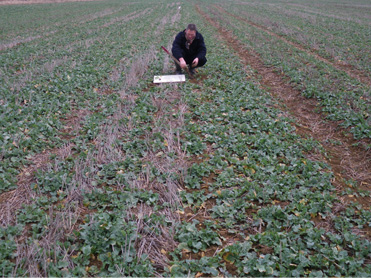
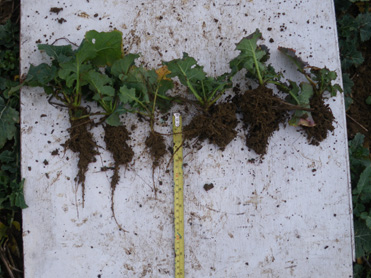
15 April 2011 - Spring arrives (early flowering)
After the coldest winter on record, March and early April set new records due to lack of rain. The crop received a total of 200 kg/ha Nitrogen and 60 kg/ha Sulphur applied as a splits on March 4 and April 6. Galera herbicide was applied in Mid March to control sowthistles, mayweeds and cleavers. Pollen Beetle numbers increased rapidly in early April and a pyrethroid insecticide was applied during the first days of April at the green bud stage. Here TAG agronomist John Youles inspects the crop at first flower stage as he proceeds to recommend an application of Tebuconazole fungicide and growth regulator. It was noticeable the crop flowered evenly across the field and within the individual rows.
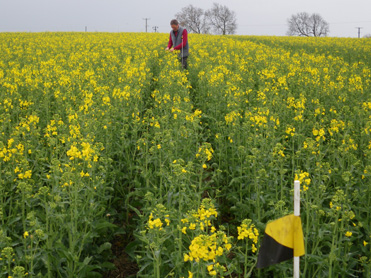

John continued his theme of assessing plant rooting digging plants in the various population areas. Here he demonstrates individual plants from the 60 plants metre area. Note the strong, straight tap roots. This is further evidence of the benefits provided by the Tiller roll filling in the subsoil slot ensuring seed to soil contact at the critical initial establishment phase, enabling the crop to produce normal growth and continue to thrive in this drought year.
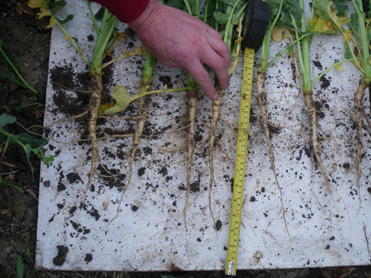
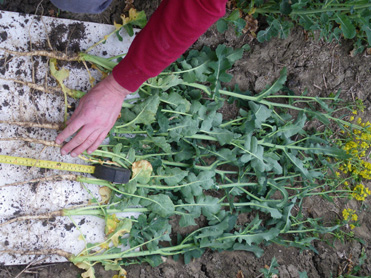
1st May 2011 - Full flower
By the first week of May the crop had advanced to full flower with excellent pod set evident on the main raceme. The pictures show how evenly the crop has developed. An application of Prothioconazole (Proline) fungicide was applied towards the end of April targeted at Sclerotinia and to preserve green leaf area. After crop assessment failed to show threshold for seed weevil the farms agronomist decided to not include any further insecticides.
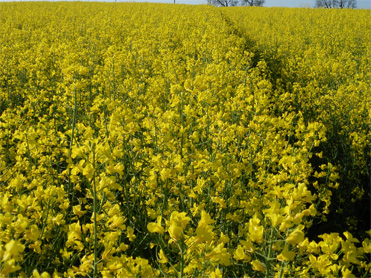
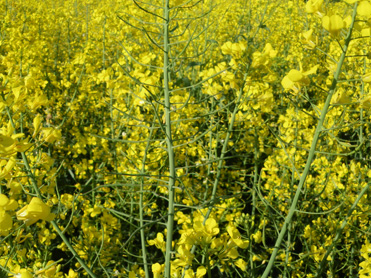
27 May - Early Pod Fill
Drought has continued throughout the Eastern Counties through to end of May and of course into June, but these pictures show the crop still thriving.
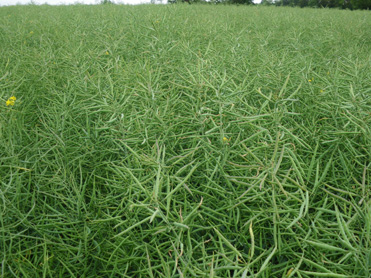
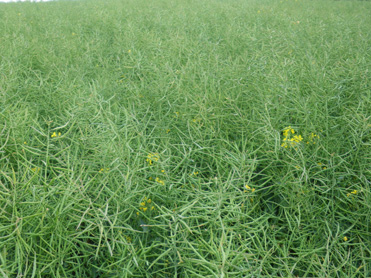
5th June - Excellent Pod Fill
Into early June and John Youles inspects the crop and its root structure. The drought continues with only a few millimetres of rain since the March 1st. Despite the lack of rain, pod fill continues as normal.
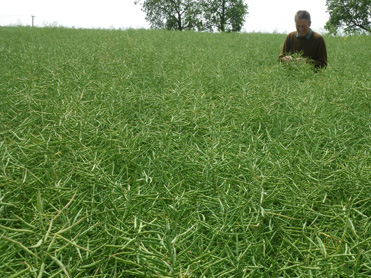
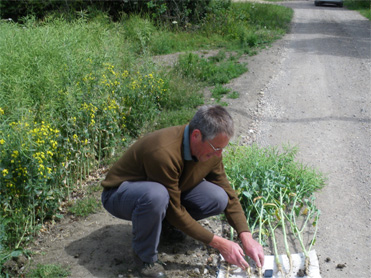
The first 150 mm contained minimal moisture. The root structure again confirmed that the action of the Tiller roll had provided the ideal soil environment for strong, deep tap roots to develop able to access vital moisture and nutrients from depth.
